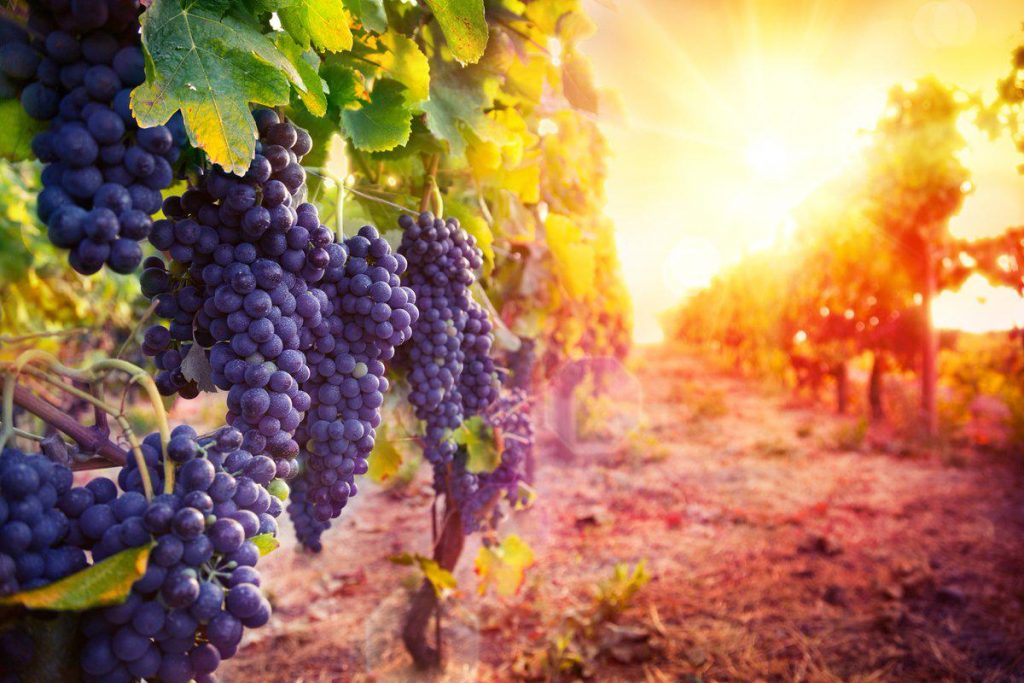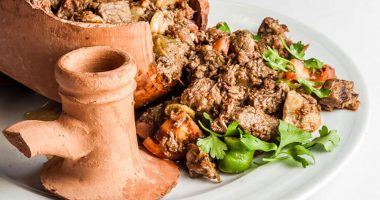Table of Contents
Cappadocia Wines; Cappadocia is one of the important centers that come to mind when it comes to winemaking in Turkey. There are many wineries in the region that offer these beautifully aged flavors to their customers. The region, which has a deep rooted winemaking tradition, is famous for the quality of white wines produced from Emir grapes unique to the region. White wines made from Emir grapes made their name known for the first time in the early 1980s with the Nevşah wine produced by Doluca.
You may be interested: Cappadocia Turkish Cuisine
History of Cappadocia Winery
Cappadocia Wines; Although it is not known when wine appeared in Cappadocia, it can be thought that growing grapes and making wine from grapes are as old as the history of the region. Likewise, considering that the western borders of the Mesopotamian region, which is considered to be one of the birthplaces of wine and where wine was produced in 3000 BC, are based on the east of historical Cappadocia (the Euphrates River), the Cappadocia region must have had its share of this product produced right next to it.
Findings on the production of wine in Greater Cappadocia go back to the prehistory of Anatolia. In the ancient Bronze Age (3000-2000 BC), gold pots, which are certain to have been filled with wine, are found in king tombs dating to about a thousand years before the Hittites in Alacahöyük (near Çorum), just north of the Cappadocia region and later the Hittite settlement. found.

Cappadocia Wines; As a result of Anatolia’s acquaintance with writing thanks to the Assyrian Trade Colonies in 2000 BC, the recorded documents on grape cultivation and wine production increased, and during the Hittite State (1650-1200 BC), which was founded later, the Hittites named the wine ‘wiyana’ and in Anatolia it was called ‘wiyanawanda’. ‘ that is, it is called the country of wine.
Cappadocia Wines; Even the occupation of Anatolia by the Persians in the middle of the 6th century BC did not adversely affect wine production in Central Anatolia and Cappadocia, and wine production and trade developed in this period. Herodotus, who lived in the 5th century BC, also spoke highly of Central and Eastern Anatolian wines. When it comes to the Roman Period, Strabo of Amasya, the greatest geography scholar of ancient times, who lived in Amasya in the 1st century BC, cannot praise the wines of the Melitene region (must be Malatya today), especially in Eastern Cappadocia.
Cappadocia is one of the important centers that come to mind when it comes to winemaking in Turkey. There are many wineries in the region that offer these beautifully aged flavors to their customers.
Cappadocia Wines; Wine production in Cappadocia first started in the 7th-9th centuries. It is interrupted by Arab raids between centuries. Later, Mongol attacks (mid 13th century) negatively affected viticulture in the region.
With the settlement of the Turks in the region, there will not be a decline in viticulture as it is thought. The famous Arab traveler Ibn Batuta, who passed through Anatolia in the 14th century, talks about the wines of Cappadocia. The German traveler Dernschwam also talked about the quality wines produced by the Greeks during his visit to the region in 1553-55.
What Makes Cappadocia Wine Different?
Cappadocia Wines; The Cappadocia region owes its famous vineyards to the tuffy soils formed in the region as a result of volcanic activities. The region was completely covered with lava in ancient times as a result of the wastes sprayed by three important volcanoes, such as Mount Erciyes, Mount Hasan and Melendiz Mountain, which surround the Cappadocia region. These lavas have crumbled over time as a result of natural effects and a type of soil we call tuffy soil has emerged. The most important feature of the tuffy soil in terms of viticulture is that it both produces good grapes and does not allow the vine aphid, which is the scourge of vine growers, to live.
Another important feature of the volcanic rock structure in Cappadocia in terms of wine production is that it has created a rocky structure that is not hard and that suitable cellars for wine can be prepared by carving the insides of these rocks. The rock interiors in Cappadocia offer ideal environments for wine production with their cool and stable temperature environments. During the fermentation carried out in the cool cellars carved into the rock, the temperature does not rise much and the values that provide a pleasant aroma to the wine are prevented from being destroyed.
Cappadocia Wines; In addition to these advantages in terms of wine production, the Cappadocia region can be considered unlucky in terms of not having a locally grown first quality black grape variety. Mediocre quality wines are obtained from the Dimrit black grape variety produced in the Cappadocia region. In order to close this gap, the growers in the region started to grow quality grapes such as Kalecik Karası from Kalecik, Öküzgözü from Elazığ, Boğazkere they brought from Diyarbakır region and Narince brought from Tokat region.

The Most Famous Wine Enterprises of Cappadocia
Cappadocia Wines; Among the important wine producing companies in Cappadocia, the first ones that come to mind are the Turasan and Kocabağ wineries.
Turasan Viticulture and Wine
Cappadocia Wines; Turasan Winery, the oldest wine business in the Cappadocia region, was founded in 1943 by Hasan Turasan. Turasan Winery, the first wine business established by private enterprise in the region, is the only business in the Cappadocia region that exports the wines it produces with modern technology. The firm has 300 decares of high system vineyards where the noblest grapes of Turkey such as Kalecik Karası, Emir and Narince are produced. The company, which has a production capacity of two million liters, increases its production quality every year. These efforts earned the company many quality medals in the 1980s and 1990s.
Kocabağ Winery
Cappadocia Wines; Mehmet Erdoğan, the founder of Kocabağ Wine Enterprises, named after a vineyard in Nevşehir’s Yeşilyurt region, first started producing wine in the pools he carved out of the rocks in 1972. Then, his son Hasan Erdoğan, after 1986, turned to the production of quality wine by growing Narince, Kalecik Karası, Öküzgözü and Boğazkere grapes, which are among the most popular grapes in Turkey.
The company, which has transformed the upper floor of the 200-ton rock-carved cellars in Uçhisar into a sales store and wine tasting, offers its visitors to taste wine here. Those who wish can visit the cellars on the lower floor. The company also has a 300-ton cellar in the village of Yeşilyurt Sığırlı.
Note: Click for German dream interpretations
Wine Tasting in Cappadocia
Cappadocia Wines; As if the natural beauties, history and breathtaking view of Cappadocia are not enough, it also enthuses our hearts with its wine. The taste of the wines produced in Cappadocia has not only affected Turkey but also the world. We recommend you to spend at least one day for wine tasting during your Cappadocia trip. You can get information about the wines by tasting the flavors of Cappadocia wines at the wine production facilities and discover the wine that suits your palate.
Listed below are the businesses and events where you can taste wine:
- Turasan Wine Factory
- Urgup Vineyard Festival
- Kocabag Wines
- Wine Houses (Cellar Wine House, Red Wine House and Asım’s Yeri Wine House are some of the most popular wine houses in Cappadocia.)










